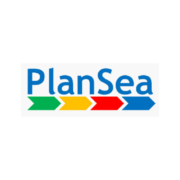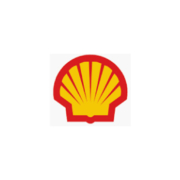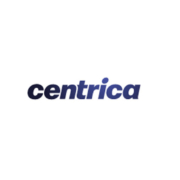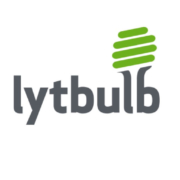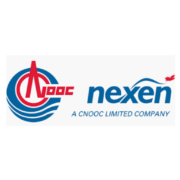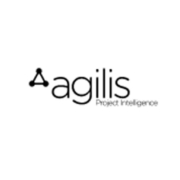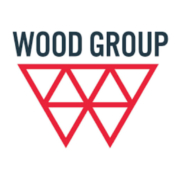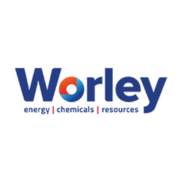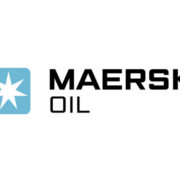BG Group launches efficiency drive by reducing ‘dead’ time and empowering workforce
BG Group intends to make its offshore platforms more efficient by significantly reducing ‘dead time’ on installations and empowering the offshore workforce to carry out scheduling and planning.
By enabling employees offshore, rather than logistics co-ordinators based onshore, to manage materials, plan projects and schedule jobs, the right parts, people and processes should be in place when a job is due to begin. So-called ‘dead time’, common when tasks are delayed, should reduce and efficiency increase.
The company has embarked on the second phase of a £300 million investment in its Lomond and Everest platforms, 140 miles east of Aberdeen.
The North Everest platform has produced since the early 1990s and investment is required to enable it to safely produce to 2025 and beyond. Operating costs must also come down to ensure that it remains economic for as long as possible.
Read the full BBC story here.


